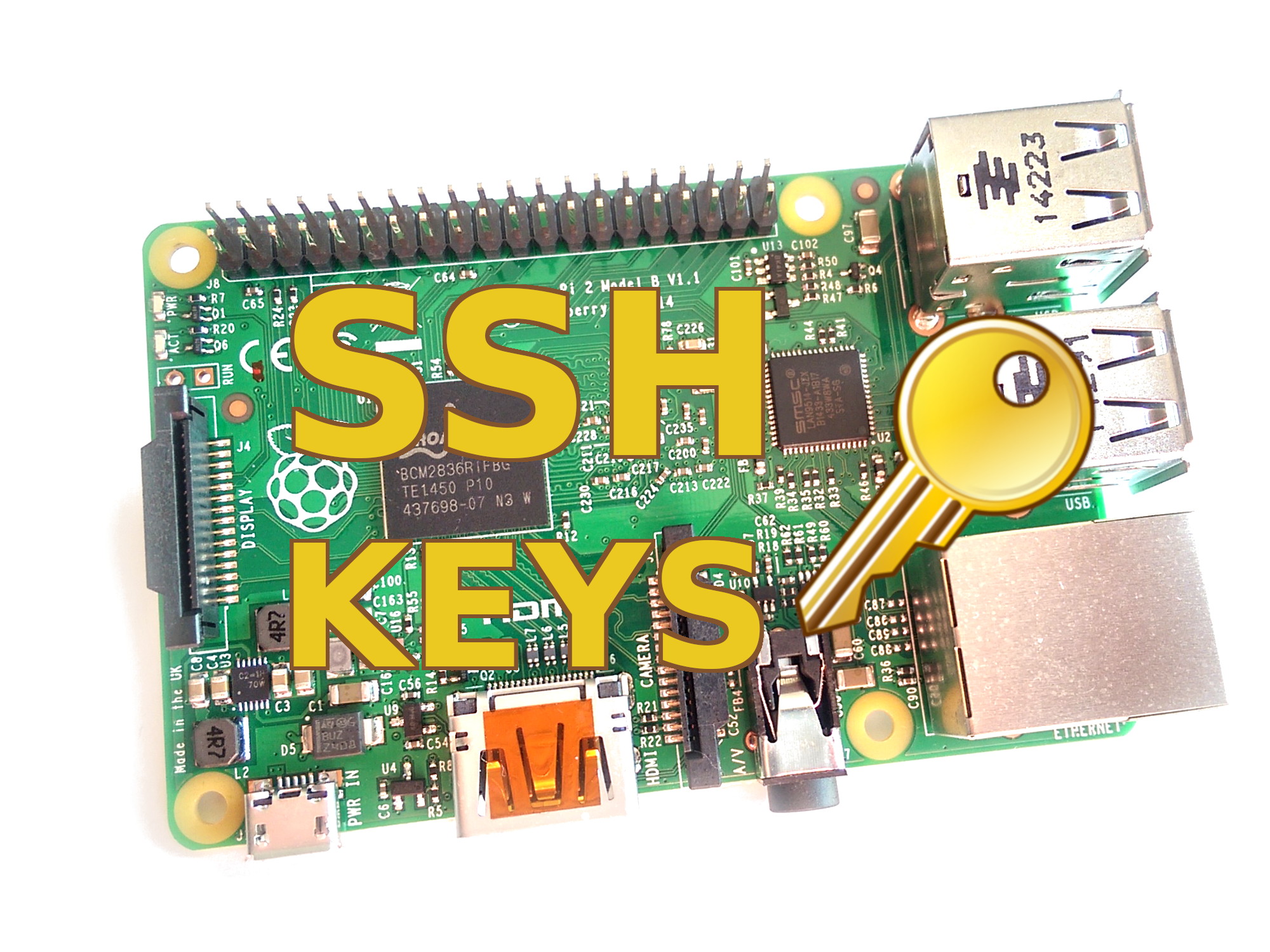In the ever-evolving landscape of interconnected devices, are you seeking a robust, secure, and cost-effective solution for managing your IoT devices remotely? The answer lies in leveraging the power of RemoteIoT VPC SSH on a Raspberry Pi.
As the world embraces remote work and IoT-driven solutions, the demand for secure and scalable infrastructure has surged. Utilizing a Raspberry Pi alongside a VPC SSH configuration offers a flexible and budget-friendly pathway to achieve this. This guide is tailored for both novices and seasoned users eager to explore the vast possibilities of remote IoT management. Whether your focus is on setting up a sophisticated home automation system or managing industrial IoT devices, this detailed exploration will provide step-by-step instructions, ensuring a setup that is both efficient and secure.
In today's world, the ability to manage IoT devices from a distance is not just a convenience it's a necessity. RemoteIoT VPC SSH offers a means to establish a secure connection between your IoT devices and a central server, facilitating the safe and efficient transmission of data. By utilizing a Raspberry Pi as the central hub, you can achieve this without the need for expensive hardware or complex software.
- Is Jalen Hurts A Father Exploring His Family Life Amp More
- Doug Savant From Melrose Place To Desperate Housewives His Story
A Virtual Private Cloud (VPC) provides a secure and isolated environment, perfect for housing your IoT devices. Paired with SSH, which ensures all communication between your devices and the Raspberry Pi is encrypted, this setup offers a strong level of security. This configuration is ideal for anyone looking to oversee IoT devices from any location in the world, creating a secure and accessible network.
The Raspberry Pi, a versatile and affordable single-board computer, is a prime choice for IoT applications. Its low power consumption, small size, and strong community support make it an excellent option for remote IoT setups, offering an accessible solution.
The Raspberry Pi has become a cornerstone in the IoT community due to its adaptability and user-friendliness. From constructing a smart home system to monitoring environmental conditions, the Raspberry Pi can serve as the core of your IoT infrastructure. This makes it an indispensable tool for anyone delving into the world of connected devices.
- Sabrina Banks Leaks Privacy Impact In The Digital Age Your Site Name
- Jayden Revri From Budding Artist To Rising Star In Entertainment
| Key Feature | Description |
|---|---|
| Compact Size | Fits easily into various project enclosures. |
| Low Power Consumption | Ideal for battery-powered or energy-efficient applications. |
| Open-Source Support | Access to a vast community for support, projects, and development. |
| Wide Range of GPIO Pins | Allows interfacing with various sensors, actuators, and other hardware. |
| Support for Multiple Operating Systems | Flexibility in choosing an OS that best suits the project's needs (e.g., Raspberry Pi OS, Ubuntu, etc.). |
A VPC SSH setup for your IoT devices offers numerous advantages. Here are some of the key benefits, making it a superior choice for managing your devices remotely.
| Benefit | Description |
|---|---|
| Security | SSH ensures all communications between your devices and the Raspberry Pi are encrypted, safeguarding sensitive data from unauthorized access, crucial in a world of increasing cyber threats. |
| Scalability | A VPC environment makes it easy to scale your IoT infrastructure, accommodating more devices as needed. This allows for easy growth of your IoT network as your needs change. |
| Cost-Effectiveness | By utilizing a Raspberry Pi and open-source software, you can achieve a professional-grade setup without significant financial outlay. This makes it accessible for individuals and small businesses alike. |
| Flexibility | VPC SSH setups can be tailored to your specific IoT project requirements, whether it's for home automation, industrial applications, or anything in between. This allows for a customized setup. |
Setting up RemoteIoT VPC SSH on a Raspberry Pi involves several methodical steps. Here's a comprehensive guide to assist you through each stage of the process, ensuring a smooth and successful implementation.
Before you begin, it is essential to ensure your Raspberry Pi is configured correctly. This involves several preliminary actions to create a solid base for the more complex steps ahead.
- Install Raspberry Pi OS: Begin by installing the latest version of Raspberry Pi OS, the official operating system for the Raspberry Pi. Download the image from the Raspberry Pi website and flash it onto an SD card using a tool like Raspberry Pi Imager or Etcher.
- Enable SSH: Once the OS is installed, enable SSH in the Raspberry Pi configuration settings. You can do this during the initial setup using the Raspberry Pi Imager or by accessing the Raspberry Pi via a monitor and keyboard and using the `raspi-config` utility.
- Connect to a Stable Internet Connection: Ensure your Raspberry Pi is connected to a reliable internet connection, either via Ethernet or Wi-Fi. This is critical for downloading software updates, accessing the VPC, and allowing remote access to your IoT devices.
To create a secure VPC environment, consider services like AWS, Google Cloud Platform (GCP), or Oracle Cloud. These platforms offer free tiers suitable for small-scale IoT projects. Follow the detailed documentation provided by each platform to set up your VPC environment, configuring your network according to your project's needs.
Once your VPC is operational, the next step is to configure SSH on your Raspberry Pi to connect to the VPC. This involves creating SSH keys, configuring port forwarding, and setting up firewall rules to enable secure connections.
- Generate SSH Keys: Generate a pair of SSH keys (public and private) on your Raspberry Pi. This is done using the `ssh-keygen` command. The private key will be stored on the Raspberry Pi and the public key will be added to the authorized_keys file on the server you're connecting to.
- Configure Port Forwarding: Set up port forwarding on your VPC to allow incoming SSH connections to your Raspberry Pi. This typically involves configuring the VPC's security groups or firewall rules to forward traffic on port 22 (the default SSH port) to your Raspberry Pi's internal IP address.
- Configure Firewall Rules: Set up firewall rules to restrict access to your Raspberry Pi's SSH port. Only allow connections from known and trusted IP addresses or ranges to enhance security.
Security is of utmost importance when remotely managing your IoT devices. Implementing the following best practices will help ensure the security of your RemoteIoT VPC SSH setup.
- Use Strong Passwords: Always choose strong, unique passwords for your Raspberry Pi and VPC accounts. Avoid easily guessable passwords, using a combination of upper and lowercase letters, numbers, and symbols.
- Enable Two-Factor Authentication: Enhance security by enabling two-factor authentication (2FA) for SSH connections. This adds an extra layer of protection by requiring a code from a secondary device, such as a smartphone, in addition to the password.
- Regularly Update Software: Keep your Raspberry Pi OS and all associated software up to date. This includes security patches and bug fixes to protect against vulnerabilities.
- Monitor Logs: Regularly review system logs to detect and respond to suspicious activity. Use tools to automate log monitoring and alerts.
Even with meticulous planning, issues can emerge during setup. Here are some common problems you might encounter and their corresponding solutions, helping you navigate these challenges.
- SSH Connection Issues: If you're unable to connect via SSH, first verify your SSH configuration on both the Raspberry Pi and your client machine. Ensure that port 22 is open in your VPC's security group settings and that your network settings are correctly configured.
- VPC Connectivity Problems: If you experience connectivity issues with your VPC, double-check your VPC settings to ensure that all necessary rules and configurations are in place. Review the routing tables, network ACLs, and security group rules to ensure that they permit the traffic required for SSH.
- Device Communication Failures: If your devices aren't communicating as expected, check their configurations and confirm their network connections. Ensure that each device has a static IP address, proper network gateway, and that the firewalls aren't blocking traffic.
Several platforms offer free tiers suitable for small-scale IoT projects. These options can help you begin without the financial strain.
| Platform | Details | Link |
|---|---|---|
| AWS Free Tier | Provides 750 hours per month of VPC usage for one year. Offers a significant amount of resources for initial experimentation and small projects. | AWS Free Tier |
| Google Cloud Free Tier | Offers $300 in free credits to new users, along with a permanent free tier for certain VPC services, enabling long-term, cost-free use for specific resources. | Google Cloud Free Tier |
| Oracle Cloud Free Tier | Provides a generous free tier that includes VPC and compute resources, making it a good choice for users looking for significant free resources. | Oracle Cloud Free Tier |
To ensure that your RemoteIoT VPC SSH setup runs at its best, consider the following optimization tips, maximizing both performance and efficiency.
- Optimize Network Settings: Configure your network settings to give priority to traffic from IoT devices. This ensures that critical data transfers are prioritized and minimizes latency.
- Use Compression: Enable SSH compression to reduce bandwidth usage and enhance performance. This is especially beneficial in environments with limited bandwidth.
- Monitor Resource Usage: Keep a close watch on the CPU, memory, and disk usage on your Raspberry Pi. Regularly checking these metrics helps in identifying any resource constraints and optimizing your system accordingly.
RemoteIoT VPC SSH setups have a wide array of practical applications. Below are some real-world examples illustrating the versatility and impact of this technology.
- Smart Home Automation: Manage lighting, climate control, and security systems remotely, creating a fully automated and responsive home environment.
- Environmental Monitoring: Monitor temperature, humidity, and air quality in real-time, enabling data-driven decisions for better living conditions.
- Industrial IoT: Monitor and control machinery and equipment in manufacturing facilities, leading to better efficiency and safety standards.
- Iu Marriage Date What Fans Need To Know Updates Rumors
- Nightbirdes Story From Agt To Resilience And Net Worth

